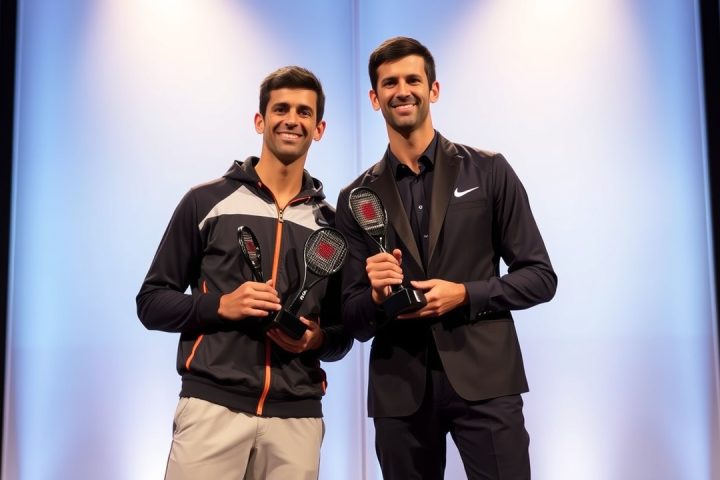Introduction
A vintage black Real Madrid jersey emblazoned with Zidane’s name set the tone in an Uber ride to Miami Gardens’ Hard Rock Stadium. The driver, hailing from El Salvador, declared his loyalty to the famed club with enthusiasm, inspired partly by the unassuming films in the ‘Goal’ trilogy. These movies depict the rise of an undocumented immigrant who goes from playing in Los Angeles to triumphing with Real Madrid alongside football legends like David Beckham. Despite their modest box office earnings—averaging under $8 million globally for the Madrid installment—the films resonated deeply with him, shaping his identity as a Madridista.
Real Madrid’s Global Influence
Real Madrid’s stature in the world of football is undisputed, yet witnessing their influence in a foreign continent is a remarkable experience. Their undeniable allure was particularly evident during the Club World Cup, where, despite Boca Juniors earning praise for their lively match atmosphere against Benfica, it was Madrid that attracted the largest crowds. Boca’s draw of 55,574 fans was overshadowed by Madrid’s staggering average of 67,247 attendees per match throughout the tournament. In fact, at the Bank of America Stadium, a remarkable 70,248 fans came to watch Madrid square off against Pachuca.
Shifting American Fandom
Support for Madrid is indicative of a wider shift in American fandom towards soccer, especially among the Hispanic demographic. Today, nearly 20% of the U.S. population identifies as Hispanic, representing approximately 65 million people. This demographic is critical for teams like Madrid and Barcelona, yet Madrid’s recent record—four Champions League titles in the last decade—positions them as the preferred choice for many fans. Even among those who support local teams, the prevalence of Madrid as a second favorite team is striking; just ask fans in Mexico about their football loyalties, and you’ll find Madrid’s influence prominent.
Engagement and Strategy
Internally, Madrid assesses their growing fanbase through an “engagement pyramid,” acknowledging that their most devoted supporters are increasingly active.
“People at the top are intensely invested; at the base, interest is there but less fervent,”
explained a Madrid executive privately. The strategic targeting of the U.S. market has proven successful, with examples of surprising enthusiasm from fans, indicating that Madrid’s appeal has strengthened remarkably.
Historical Context
Historical context reveals Madrid’s growth is relatively recent; they weren’t always the dominant force in International soccer. For decades, other clubs, like Manchester United, Juventus, and AC Milan, held sway over American fans, while holders of a staggering 15 Champions League titles experienced a long drought from 1966 to 1998 without winning the tournament. The rise of players like Cristiano Ronaldo was pivotal in transforming their brand globally.
Club World Cup and Future Ambitions
Madrid’s presence at the Club World Cup serves as a testament to their strategy, one championed by President Florentino Perez. Despite initial reluctance to play high-stakes friendlies in the U.S.—for fear of rivals gaining insight—the success and increasing admiration of the team predate even great international events like the UEFA Champions League.
The landscape began shifting in 2017 when El Clasico featured Madrid and Barcelona in the U.S., generating a staggering $35.5 million in ticket sales. Their matches now frequently draw fans in major cities across the States, as evidenced by Madrid’s impressive attendance figures during the Club World Cup. Aligning their brand with American culture has only fortified their dominance in global football.
As Madrid prepares for a major showdown in the tournament, President Perez’s acknowledgment of FIFA and DAZN’s efforts to host significant clubs underlines their ambition for global recognition. Winning this competitive stage would not only solidify their claim as world champions but also solidify the notion that Madrid has evolved into more than just a Spanish institution; they are now a club that resonates across the Americas.




